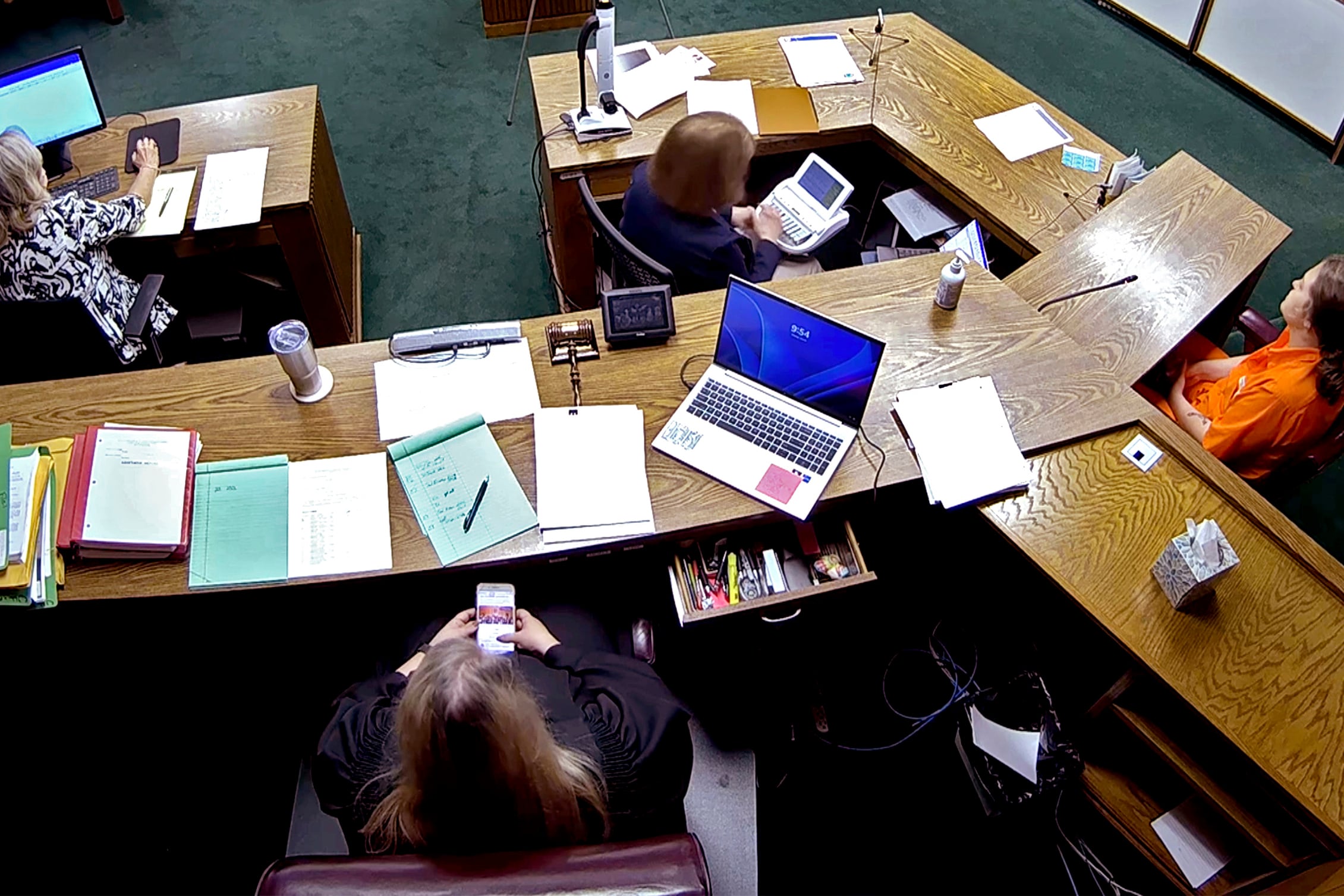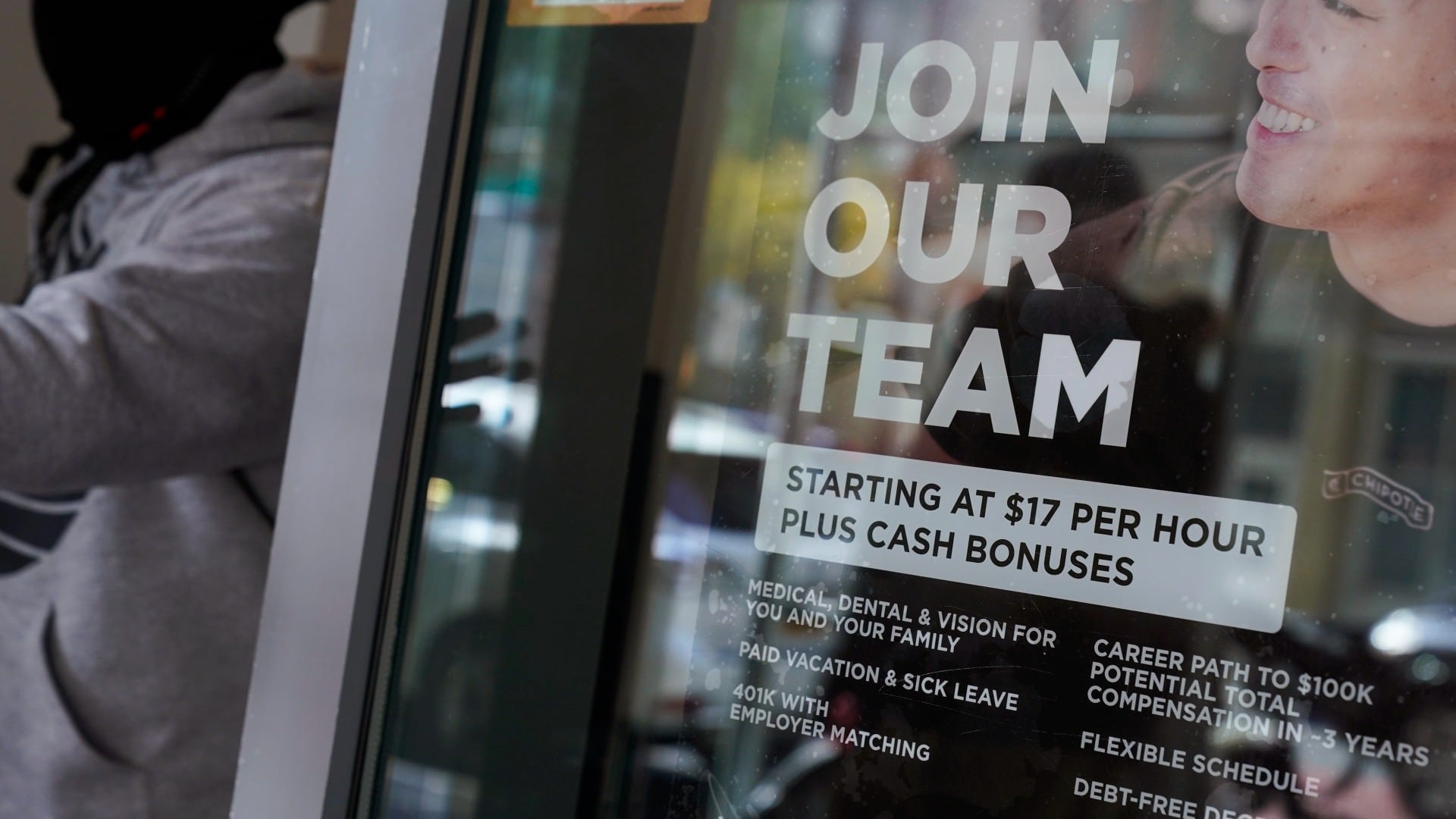Wildlife and environmental groups sued the Federal Aviation Administration on Monday over SpaceX’s launch last month of its giant rocket from Texas.
SpaceX’s Starship soared 24 miles (39 kilometers) high before exploding over the Gulf of Mexico on April 20. The rocket’s self-destruct system caused the nearly 400-foot (120-meter) rocket to blow up, as it spun out of control just minutes into the test flight.
An attorney for the Center for Biological Diversity, one of the plaintiffs, said the groups are suing over what they consider to be the FAA’s failure to fully consider the environmental impacts of the Starship program near Boca Chica Beach in South Texas. They asked the court to throw out the five-year license the FAA granted to SpaceX.
The FAA declined comment, noting it doesn't comment on ongoing litigation. The agency is overseeing the accident investigation and has ordered all SpaceX Starships grounded until it's certain that public safety will not be compromised.
Over the weekend, SpaceX founder and chief executive, Elon Musk, said his company could be ready to launch the next Starship in six to eight weeks with the FAA's OK.
No injuries or significant damage to public property were reported from any of the rocket wreckage or flying pad debris. A large crater was carved into the concrete pad, as most of the rocket's 33 main engines ignited at liftoff.
The launch pad is on a remote site on the southernmost tip of Texas, just below South Padre Island, and about 20 miles from Brownsville.
The U.S. Fish and Wildlife Service reported last week that large concrete chunks, stainless steel sheets, metal and other objects were hurled thousands of feet (hundreds of meters) from the pad. In addition, a plume of pulverized concrete sent material up to 6.4 miles (4 kilometers) northwest of the pad, the service noted.
It was the first launch of a full-size Starship, with the sci-fi-looking spacecraft on top the huge booster rocket. The company plans to use it to send people and cargo to the moon and, ultimately, Mars. NASA wants to use Starship to ferry astronauts to the lunar surface as soon as 2025.
Joining the Center for Biological Diversity in the lawsuit, filed in U.S. District Court in Washington, are the American Bird Conservancy, Surfrider Foundation, Save RGV (Rio Grande Valley) and the Carrizo/Comecrudo Nation of Texas.
“It’s vital that we protect life on Earth even as we look to the stars in this modern era of spaceflight,” the Center for Biological Diversity's Jared Margolis said in a statement. “Federal officials should defend vulnerable wildlife and frontline communities, not give a pass to corporate interests that want to use treasured coastal landscapes as a dumping ground for space waste.”
Over the weekend, Musk said changes are being made at the launch pad to avoid what he called a dust storm and “rock tornado" at the next launch.
“To the best of our knowledge there has not been any meaningful damage to the environment that we’re aware of,” Musk said.
Musk has promised to make improvements to the next Starship before it flies. The self-destruct system will need to be modified, he said, so that the rocket explodes immediately — not 40 seconds or so afterward, as was the case with this inaugural run, he said.
His remarks were made to a subscriber-only Twitter chat Saturday night that was later posted by others online.
___
The Associated Press Health and Science Department receives support from the Howard Hughes Medical Institute’s Science and Educational Media Group. The AP is solely responsible for all content.












